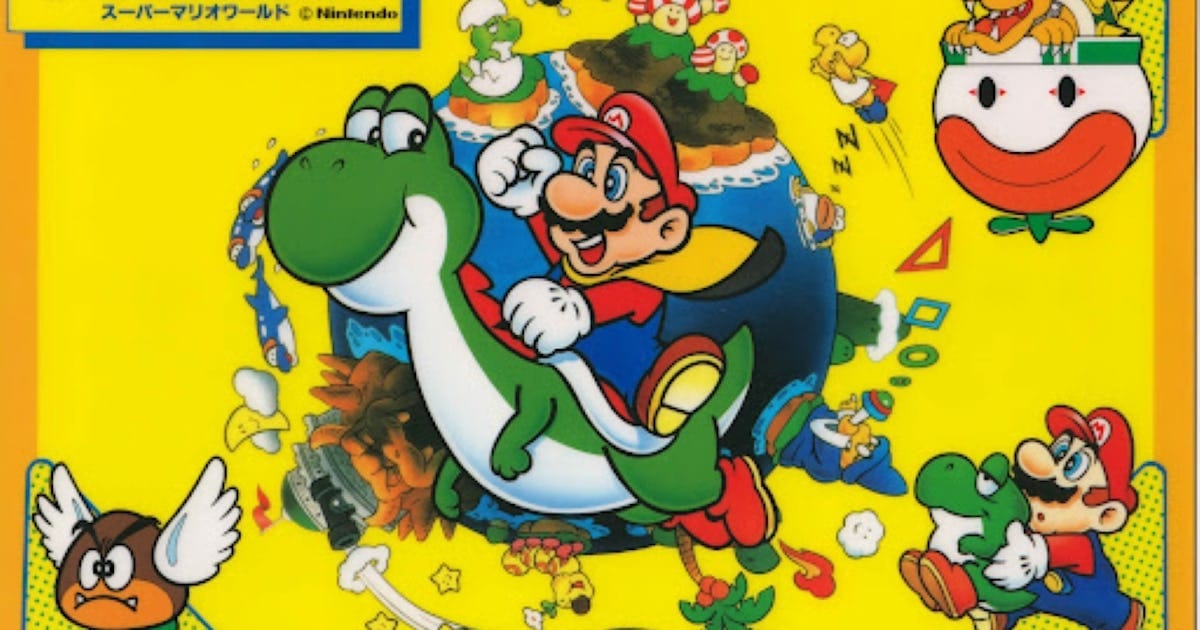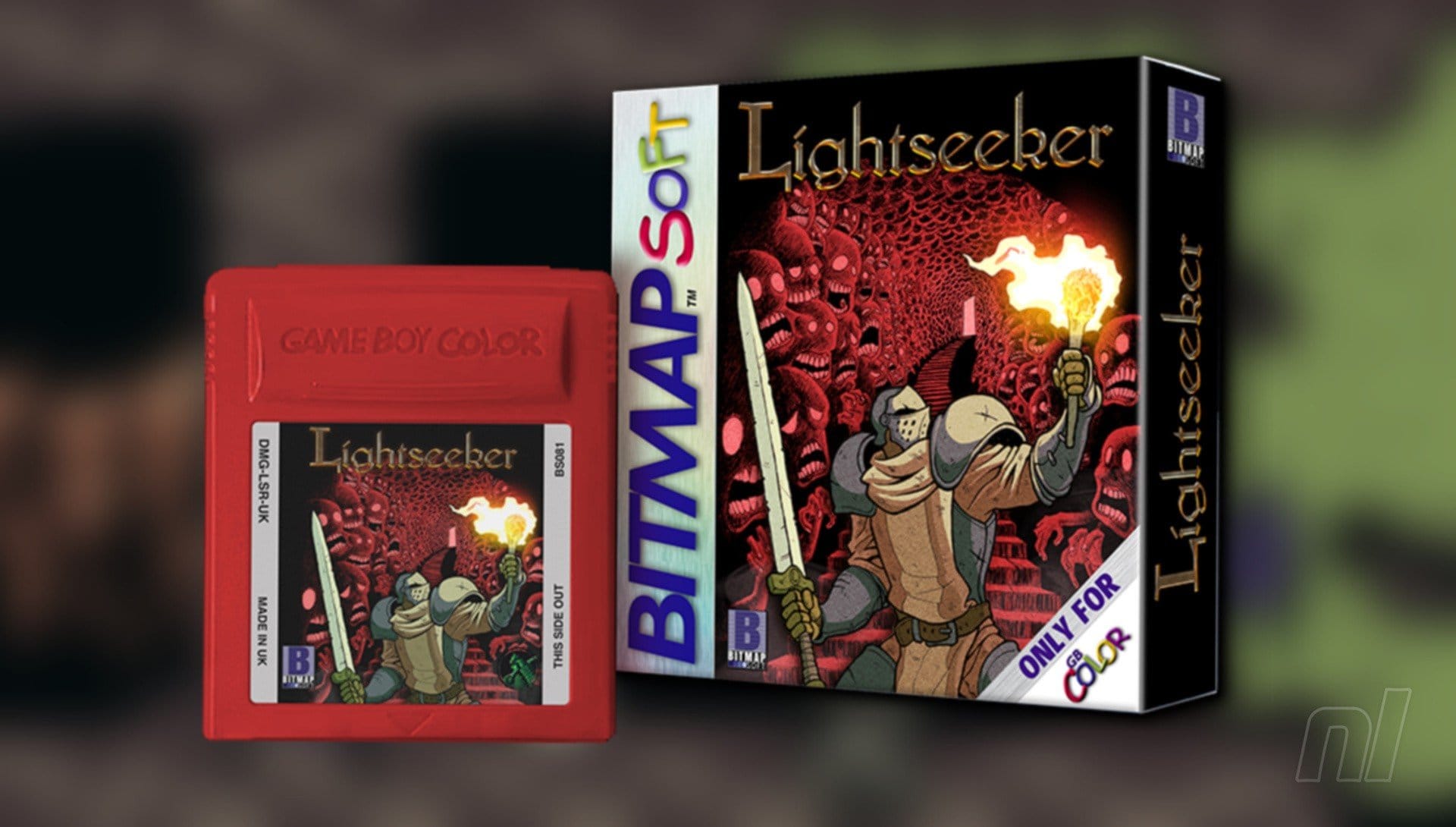1990s Japan Battles With Supermarket Barcodes
Remember when your cereal box could become a digital warrior? The bizarre world of barcode gaming transformed supermarket shelves into RPG adventures.

Barcode gaming history represents one of retro gaming's most peculiar chapters, where supermarket shelves became treasure troves and household products transformed into digital warriors.
During the early 1990s, as the Game Boy and Sega Game Gear dominated handheld gaming, Japanese company Epoch Co launched the Barcode Battler – a device that allowed players to scan everyday barcodes from cereal boxes to cleaning products, generating character stats for basic RPG battles displayed on a simple LCD screen.
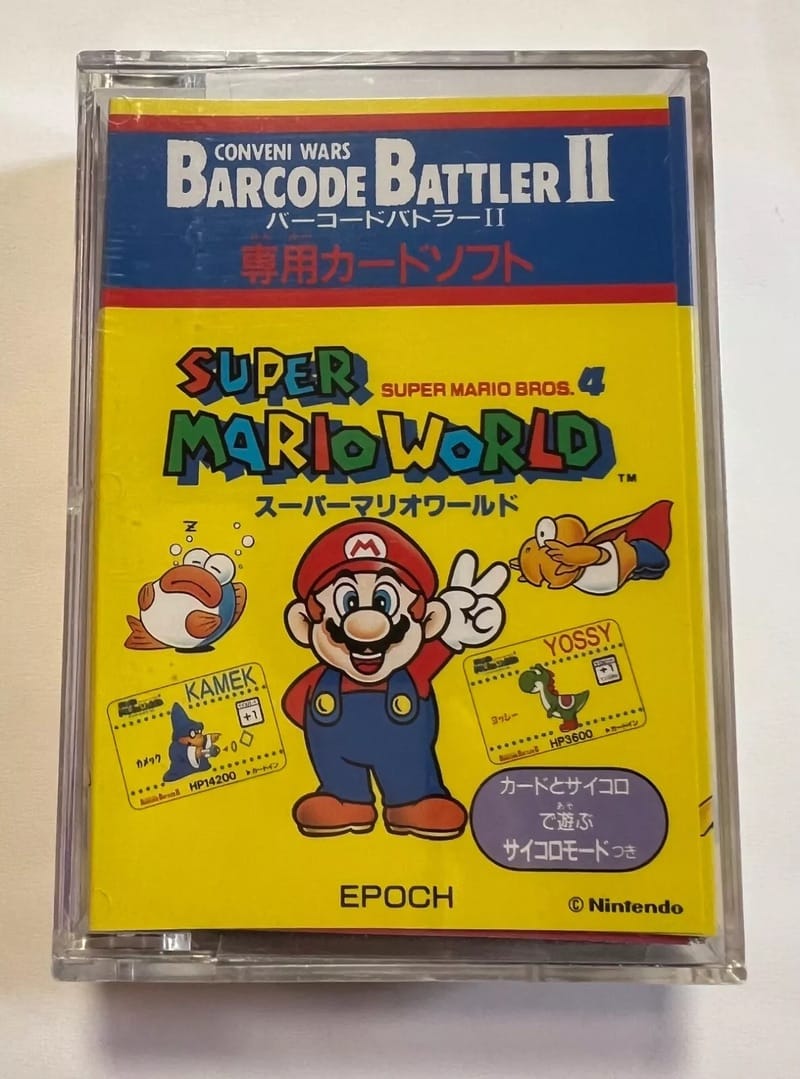
The concept proved surprisingly popular in Japan, spawning official card packs for The Legend of Zelda and Super Mario Bros, alongside a Famicom and Super Famicom connectivity add-on. Consequently, some products reportedly sold out as children hunted for items with particularly powerful barcodes. Meanwhile, the fad demonstrated the era's fascination with bridging physical and digital worlds, offering a primitive form of augmented reality years before smartphones made such interactions commonplace.
However, the execution often fell short of the innovative concept. The Barcode Battler's limited LCD display, repetitive gameplay, and unreliable scanner struggled to compete with proper handheld consoles offering actual graphics and sound. Nevertheless, Western manufacturers quickly attempted to capitalise on the trend. Tiger Electronics released Barcodzz with creature-collecting mechanics, while Bandai had previously experimented with Barcode Wars – a card-scanner hybrid featuring manga-styled cards and LCD combat readouts that included franchises like Mega Man.
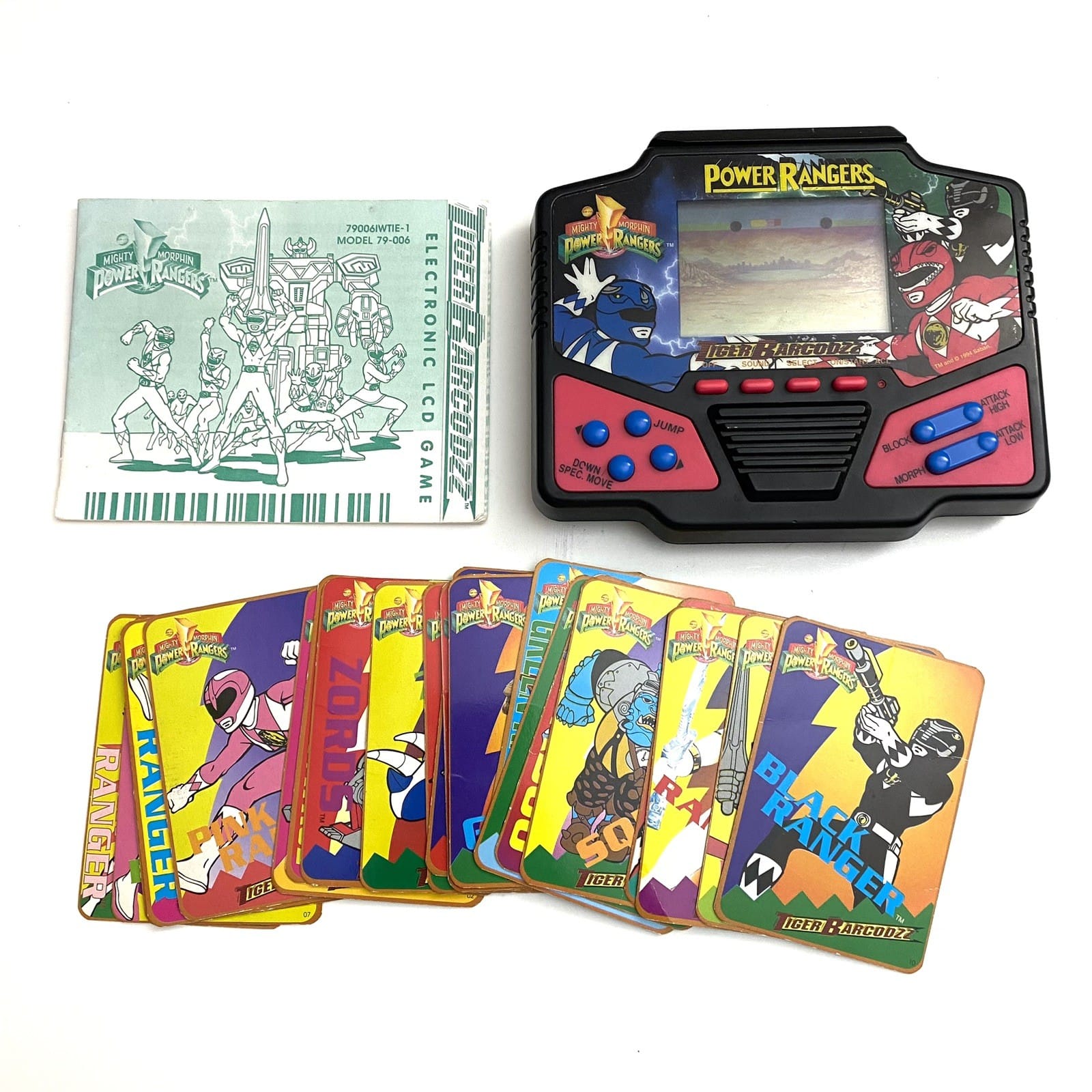
Furthermore, Namco developed the Barcode Boy accessory for the original Game Boy in 1992, connecting via the link port to unlock characters and items in compatible games. Subsequently, Radica's Skannerz series around 2000 marked the concept's peak success, featuring creature collection, multiplayer functionality, and prominent advertising campaigns. The technology's final iterations included the Game Boy Advance e-Reader and UB Funkeys before fading into obscurity.
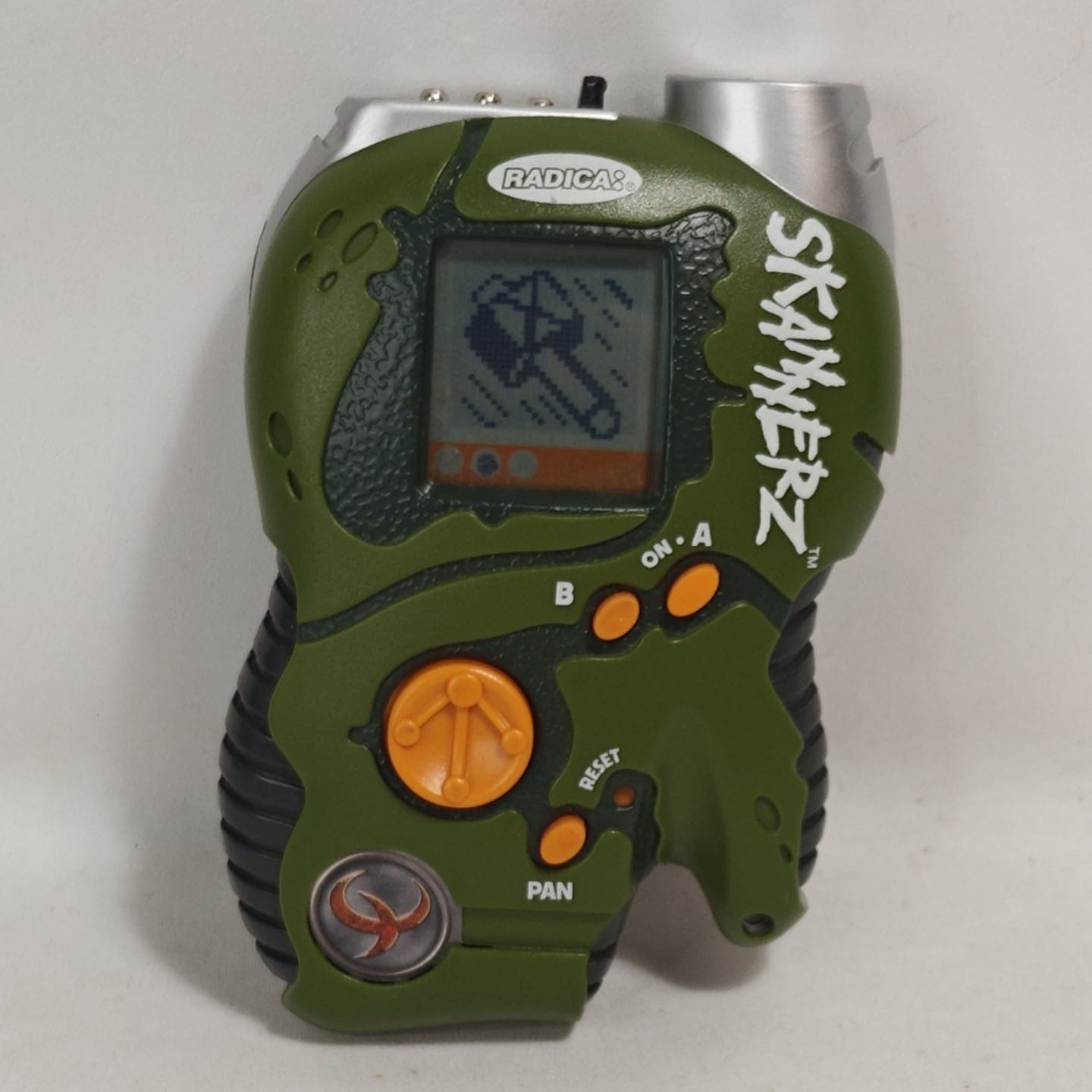
Today, barcode gaming remains a fascinating footnote in gaming history, yet its DNA persists in modern AR games, QR-code interactions, and scanner-based mobile apps. These pioneering devices, however flawed, captured a unique moment when the boundary between supermarket shelves and gaming worlds blurred, suggesting hidden mechanics within everyday objects – a cyberpunk dream realised through the humble barcode.

